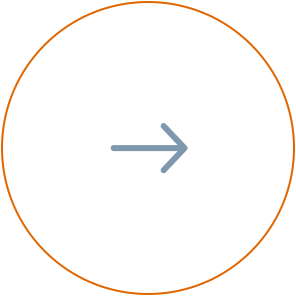all about
Cataracts
Near the front of the eye, the lens focuses light on the retina at the back of the eye. Light passes through it to produce a sharp image on the retina of the eye.
When the lens of the eye becomes cloudy, light is unable to pass through it causing the vision to be blurred. This is known as cataract.
to request an appointment





